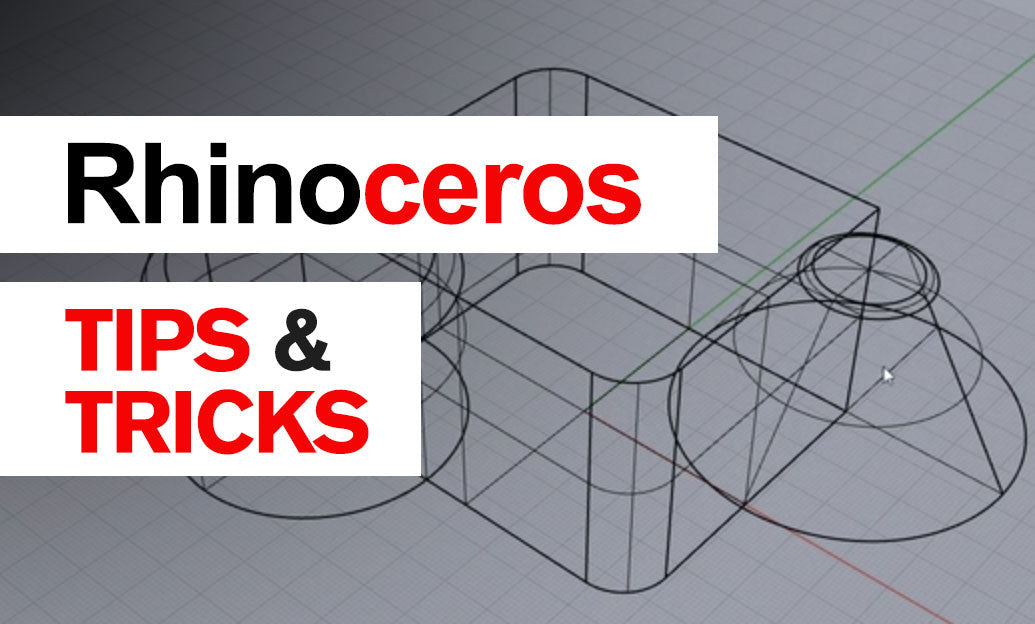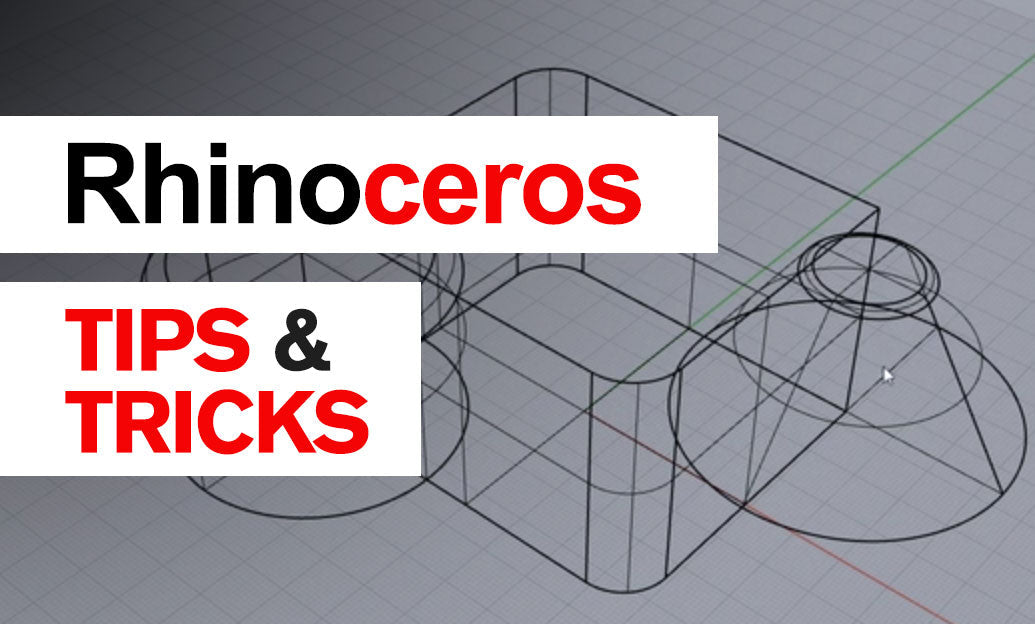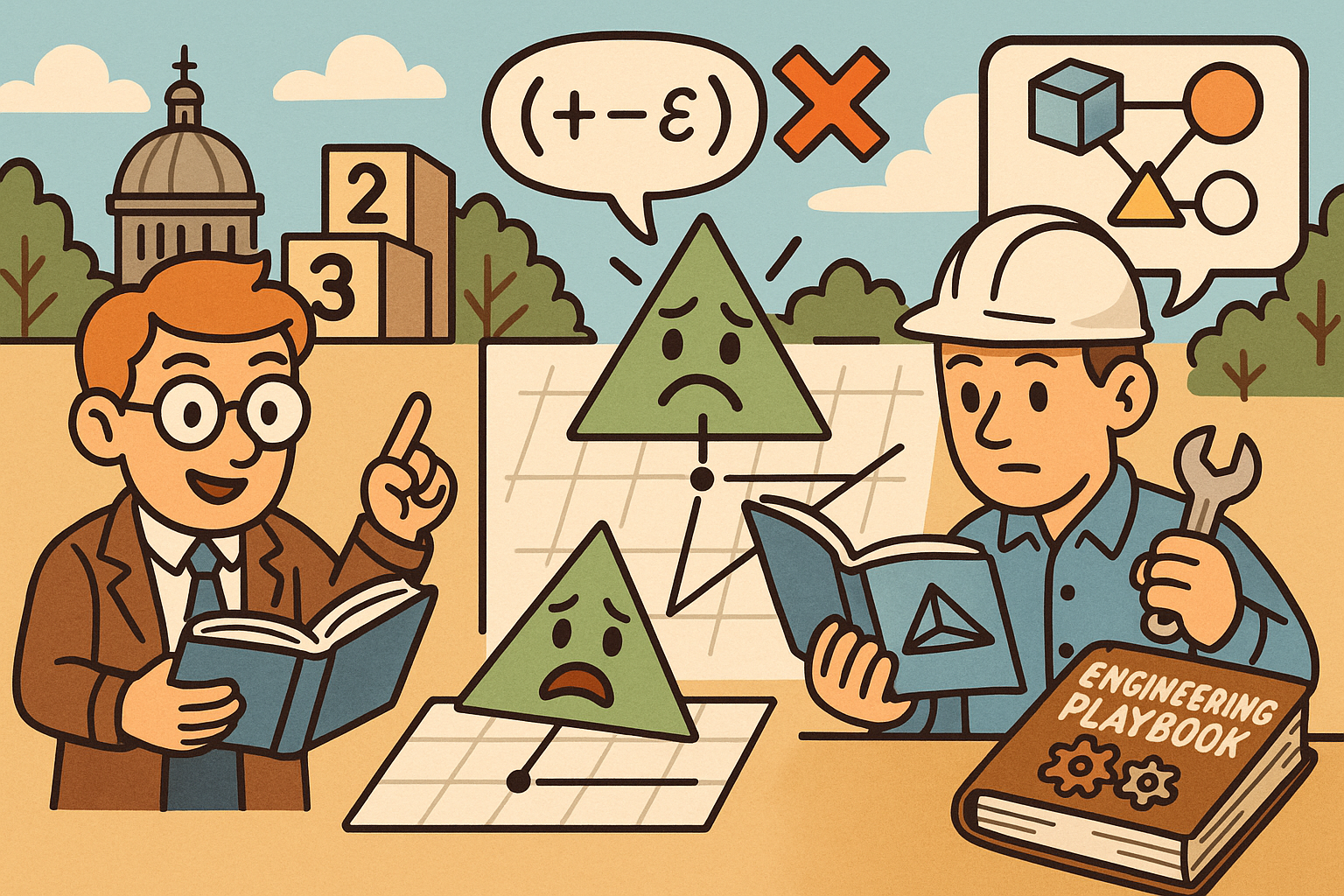Your Cart is Empty
Customer Testimonials
-
"Great customer service. The folks at Novedge were super helpful in navigating a somewhat complicated order including software upgrades and serial numbers in various stages of inactivity. They were friendly and helpful throughout the process.."
Ruben Ruckmark
"Quick & very helpful. We have been using Novedge for years and are very happy with their quick service when we need to make a purchase and excellent support resolving any issues."
Will Woodson
"Scott is the best. He reminds me about subscriptions dates, guides me in the correct direction for updates. He always responds promptly to me. He is literally the reason I continue to work with Novedge and will do so in the future."
Edward Mchugh
"Calvin Lok is “the man”. After my purchase of Sketchup 2021, he called me and provided step-by-step instructions to ease me through difficulties I was having with the setup of my new software."
Mike Borzage
Rhino 3D Tip: Enhancing Dimensioning and Annotation Techniques in Rhino 3D
August 29, 2024 2 min read

Enhancing your dimensioning and annotation skills in Rhino 3D can significantly improve the clarity and professionalism of your technical drawings and models. Whether you are drafting for architecture, product design, or any other field, precise and clear annotations are crucial. Here are some tips to use Rhino 3D effectively for dimensioning and annotation:
-
Understanding Basic Dimension Commands:
-
Dim- Creates linear dimensions. -
DimAligned- Creates aligned dimensions. -
DimAngle- Measures the angle between two lines or polyline segments. -
DimRadius- Measures the radius of circles or arcs. -
DimDiameter- Measures the diameter of circles or arcs. -
TextObject- Adds text to your model, which can be useful for notes or labels.
-
-
Precision and Alignment:
- Use Object Snaps (Osnaps) to ensure your dimensions are precisely located on the geometry.
- The
SmartTrackfeature can help align your dimensions accurately without additional construction geometry. - Create and use Construction Planes (CPlanes) to align dimensions correctly in 3D space.
-
Annotation Styles:
- Customize your annotation styles through
Options > Annotation Stylesto ensure consistency in fonts, sizes, and formats. - Create different styles for different types of dimensions (e.g., linear, radial, angular) to keep your drawings organized.
- Use the
DimStylecommand to quickly switch between different dimension styles.
- Customize your annotation styles through
-
Layer Management for Annotations:
- Place dimensions and annotations on separate layers to control their visibility easily. Refer to our tip on Efficient Layer Management for more insights.
- Lock or hide layers that contain annotations to avoid accidental modifications.
-
Using History for Live Updates:
- Enable History recording for dimensions and annotations by using the
Historycommand. This will keep your dimensions dynamically linked to your geometry, allowing them to update automatically when geometry changes. - Be mindful of the dependencies created by History to avoid unintended changes.
- Enable History recording for dimensions and annotations by using the
-
Additional Tips:
- Explore the
LeaderandTextBlockcommands for more detailed annotations. - Utilize the
Make2Dcommand to create 2D drawings from 3D models, and then add dimensions and annotations in 2D space for clearer presentations. - Regularly check your annotations in different display modes to ensure they are clearly visible and not obscured by other geometry.
- Explore the
For more advanced tips and tools, consider exploring resources and plugins available through NOVEDGE, which offers a wide range of products to enhance your Rhino 3D experience.
You can find all the Rhino products on the NOVEDGE web site at this page.
Also in Design News

Rhino 3D Tip: Purge exact duplicate geometry with SelDup + Delete
December 08, 2025 2 min read
Read More
From Raw Scans to Manufacture-Ready Geometry: Pipeline, Algorithms, and Quality Gates
December 08, 2025 13 min read
Read More
Design Software History: Numerical Robustness in Geometry Kernels: History, Failure Modes, and Engineering Playbook
December 08, 2025 13 min read
Read MoreSubscribe
Sign up to get the latest on sales, new releases and more …


